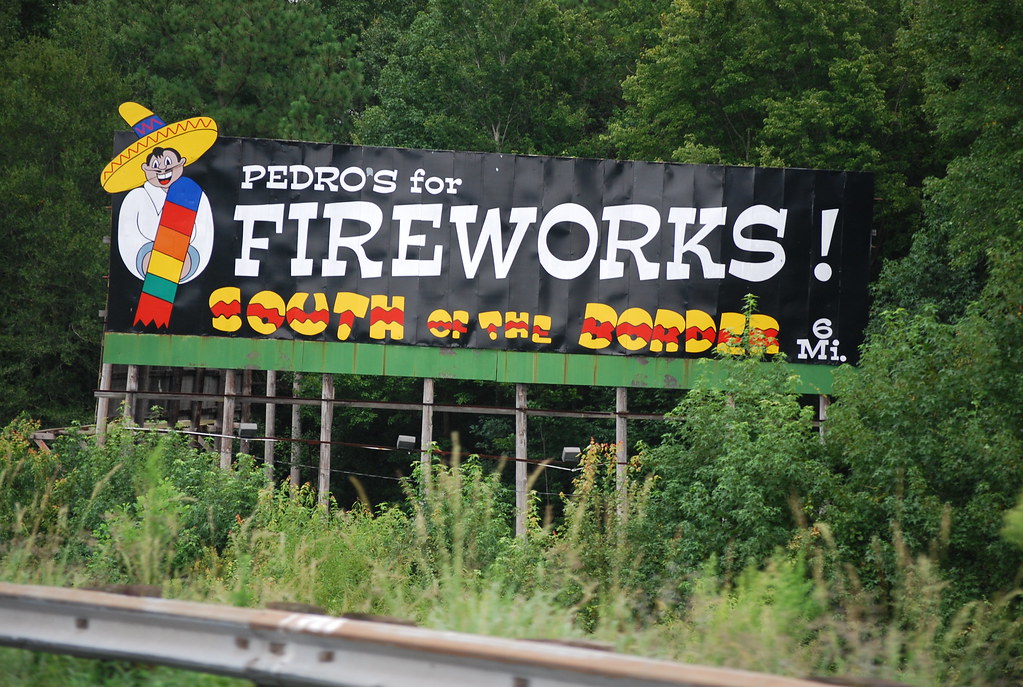A strange sight confounded my older son as we walked through a warren of shops near the Santa Fe Plaza during our recent New Mexico trip. He spotted a year-round Christmas store. It didn’t register on my mind until he pointed it out, I guess because I’d seen plenty of them before.
Although, as I thought about it longer, the notion did seem peculiar. Christmas felt impossibly removed from the high desert in the middle of July. Yet, the shop attracted plenty of foot traffic and presumably did well enough to keep momentum even beyond the advent season. Twelve Mile Circle once posted a story on seasonal towns so it seemed like a fine opportunity to now study seasonal businesses that defied the odds.
More Christmas

I imagined that Christmas stores probably did better than many other off-season enterprises. As I mentioned, they didn’t even register on my mind until my son reminded me. They’ve done so well that they’ve “normalized” in many people’s consciousness, even though they catered to an event that happens just one day each year. Amazing.
The granddaddy of all shops must be Bronner’s CHRISTmas Wonderland in Frankenmuth, Michigan (map). I have a relative that simply must stop there whenever nearby, as just one example. Apparently “over 2 million” other people per year agree. Wally Bronner founded this epic Christmas extravaganza in 1945 and it grew to cover several acres of shopping space with 100,000 lights, 800 animated figures and parking for a thousand cars.
I enjoy Christmas as much as anybody although I don’t really understand the year-round phenomenon.
Fireworks

I understood year-round fireworks just slightly more than permanent Christmas. Sure, almost every firework in the United States detonates on July 4 for Independence Day. Sometimes people save a handful for special events though, like New Years Eve or if their favorite sports team wins a championship, or things of that nature. Generally though, little plywood fireworks stands tend to pop-up a couple of weeks before July 4 only to disappear just as quickly like mushrooms on a lawn. Operating an all-year fireworks stores didn’t seem like a great business model, yet they exist.
Lots of them seem to flourish around state borders, generally in South Carolina although I’ve seen them in other states too. They find a niche wherever the laws of one state falls out of balance with its neighbor. I mentioned that situation in Right up to the Line when I discussed the ever-tacky South of the Border (map). Plenty of other fireworks warehouses also cluster nearby, tempting drivers along Interstate 95 as they entered South Carolina. Practically anything that blows up can be sold here legally.
Unlike a Christmas shop, a fireworks warehouse probably couldn’t stay afloat just anywhere as an all-year business. It needs to work by osmosis. Sales seem to focus on outsiders that wanted to bring “the good stuff” back to their home states.
Ice Cream

I switched my thoughts from annual events to extreme weather patterns. Near my home, and I’m sure near yours too, an ice cream shop keeps selling its chilly treats even through the dead of winter. What if we took that notion to its utmost? Could a business like that survive all year in Alaska? Well, yes.
In Fairbanks, the average low temperatures generally hovers around -20° Fahrenheit (-29° Celcius) in the winter. It could get a lot colder than that, too. I found a bunch of ice cream shops in Fairbanks and most of them opened only during mild months, like May through August. That made perfect sense. Who would want ice cream warmer than the outside temperature? However, I did discover one place that remained open all year, College Town Creamery. They also offered non-frozen items so I’m sure that helped carry them through the cold, dark winter.
Really, I wanted to find something a little more Alaskan, a bit farther away from the city. The Freeze in remote Glennallen, Alaska (map) seemed to fit that definition. Unfortunately it appears they’ve closed. I guess ice cream in Alaska had its limits.
Hot Yoga

Some people swear by hot yoga. This trend gained popularity largely through a style created by Bikram Choudhury. Other styles of hot yoga also existed. In Bikram yoga, room temperatures hovered around 104° F (40° C) as practitioners cycle through 26 predefined positions. I imagined people felt rather baked after an hour and a half-or-so in that oven. Maybe 12MC readers who’ve tried hot yoga can elaborate on its benefits or drawbacks.
I thought of Phoenix, Arizona where summertime temperatures often topped 110° F (43° C). I’ve never been hotter in my life than a summertime visit to Phoenix a few years ago. Would hot yoga businesses survive year-round there? Indeed they could. I found so many of them that I had to stop counting. It seemed people in Arizona could tolerate a lot more heat.

Leave a Reply